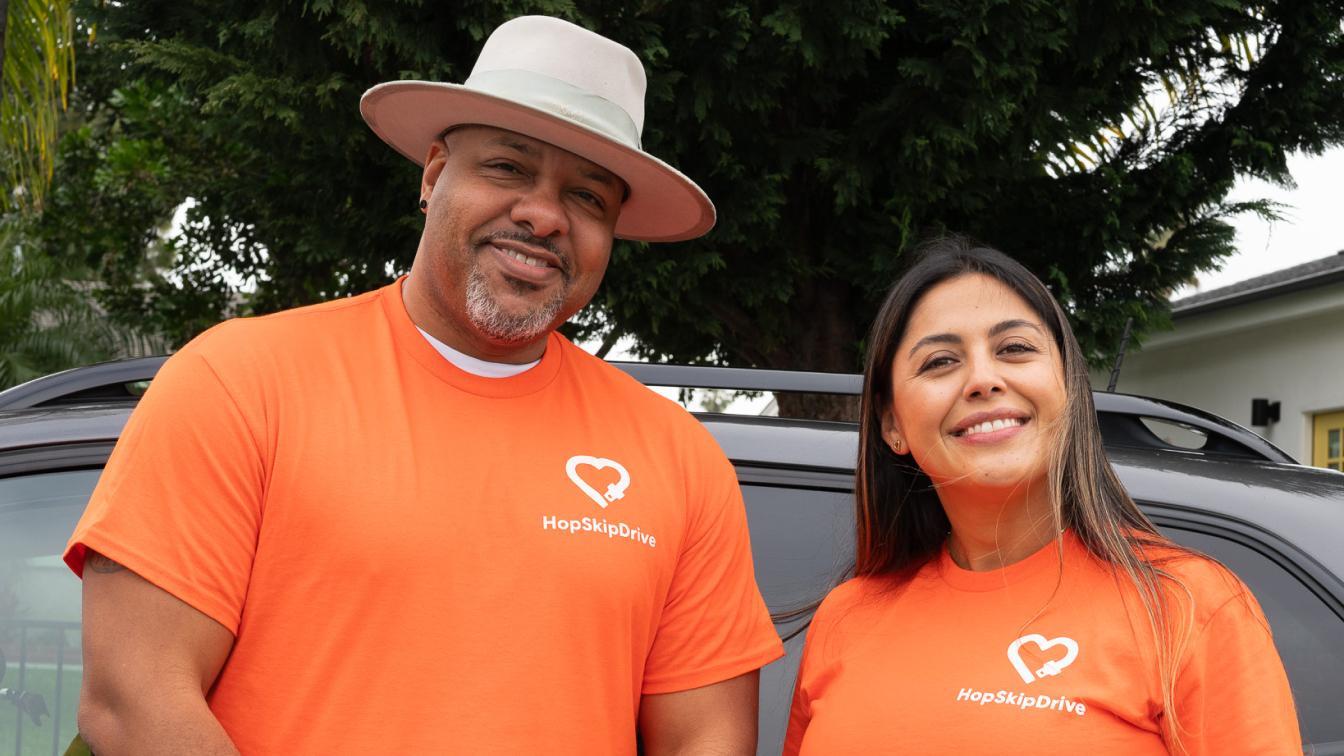Busting the Myth that Public Schools Don’t Innovate
I’ve spent nearly 20 years working in and around public education, and I still feel like a newbie with so much to learn. One thing I have learned, however, is that public education gets an undue rap for being slow to change, or for being stuck in old ways. In my experience, the truth is precisely the opposite: educators must often creatively wriggle their way out of imposed corners, with little more than their quick wits on which to rely. Sometimes, the way they improvise, adapt and overcome can border on magical.
Innovation, a word like so many others that govern our conversation in and around education, does not mean the same thing in practice as it does in the abstract. In the abstract, innovation implies a focus on STEM education, or a willingness to bring new technologies into the classroom. But the real innovation in public education often hinges on grinding out practical solutions to problems schools across the nation face.
Principal Joy May Harris of Los Angeles, for example, installed washers and dryers in her school so homeless students (whose populations are on the rise all over America) would have a place to do laundry. Principal Akbar Cook of New Jersey found a way to keep his school open on Friday nights so his vulnerable kids would have a haven. These are extraordinary leaders applying creative solutions to problems and barriers that arguably shouldn’t exist in the first place, and solving for far more basic needs than how to integrate the latest cloud-based edtech.
Last week, I had the opportunity to watch the team at Seattle Public Schools bring innovation to bear to solve their student transportation challenges. It’s staggering to think about, but yellow buses transport 25 million children each day to and from school. Taken collectively, bus fleets are by far the largest public transportation network in the world, and yet not much has changed about these vehicles over the years, nor the way those fleets are managed. The act of balancing safety, efficiency, and student commute times to optimize a district-wide routing plan remains one part art, one part science, and a billion parts blood, sweat and tears–despite software tools that have mostly fallen short of their promise to simplify it all.
Watching the Seattle team think creatively and strategically about their transportation challenges was incredibly inspiring. Despite headwinds like shrinking budgets and driver shortages, they are in no way “stuck.” They’re thinking boldly, and with purpose, while putting students first.
As a former teacher, dean, and longtime champion of public education, I marvel at how the public education sector rises to meet all of these challenges. It’s time we acknowledged that they are constantly asked to do more with less, and yet they somehow manage to deliver consistently on behalf of kids and families. That’s what I mean when I say their work is “magical.”
I’m lucky that I get to work in a company that thinks every day about how to knock down mobility barriers for kids and schools, and where even incremental gains in equality and opportunity can feel magical. The data tells a clear story: kids with more mobility are more likely to make their own magic in the classroom and beyond. We’ll stay focused on that objective and invite you along as an ally in the fight.



